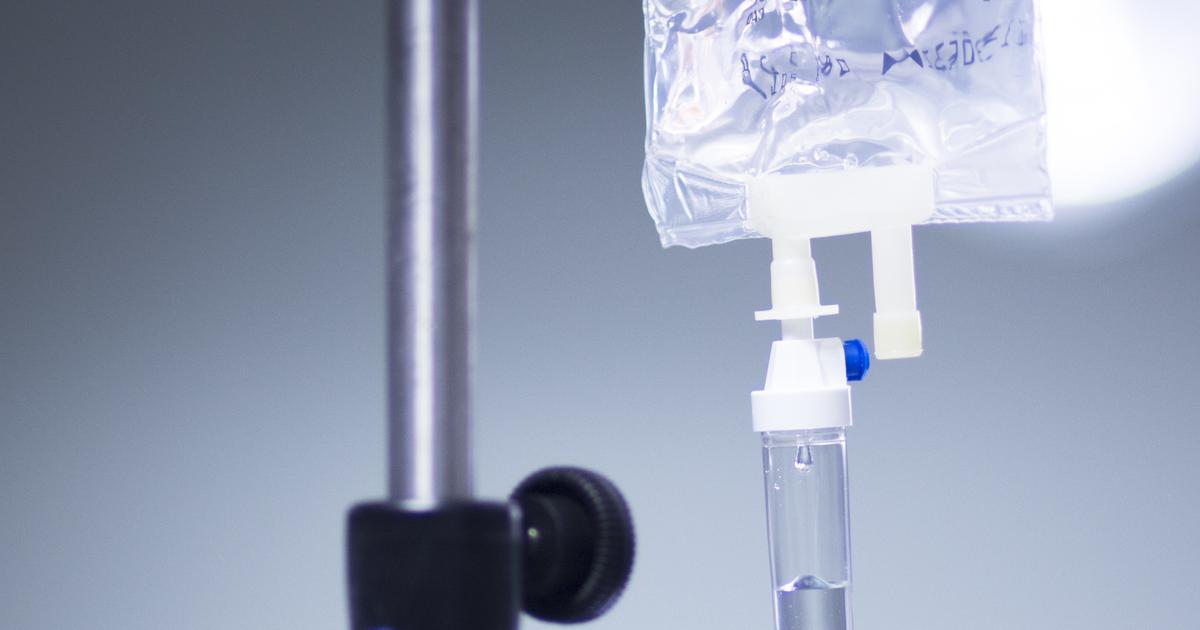Guide To The Causes And Treatment Of Sideroblastic Anemia
Chelating Agents

Chelating agents are often used in the treatment regimen for an individual affected by sideroblastic anemia to reduce symptoms and complications that may occur from iron overload. Because the cells in sideroblastic anemia patients are unable to synthesize iron into hemoglobin, the iron sits and builds up inside of the blood cells. Iron meets the capacity of blood cells and ferritin, causing it to build up in other tissues around the body. This buildup is problematic because free iron deposits can cause the formation of toxic and damaging compounds. Chelating agents can be administered to protect the cells of an individual's bodily tissues from iron toxicity. Chelating agents work by binding to the form of iron that is toxic to bodily tissues. This iron may be referred to as free iron, as it is not bonded to ferritin in the individual's blood, and is free to elicit toxic reactions. Chelating agents bind to all of the iron's electrochemical coordination sites that allow for its volatile reactions in bodily tissues. This mechanism causes the free iron to become inactivated until the body can break it down.
Get the details on the next method of effectively treating sideroblastic anemia now.
Bone Marrow Transplant

A bone marrow transplant may be used in some severe cases of sideroblastic anemia as a last resort treatment. Because the origination of the issue that causes sideroblastic anemia occurs in the blood cell-producing bone marrow, transplantation of healthy bone marrow can replace the affected individual's diseased malfunctioning bone marrow. This option is utilized more often in younger individuals affected by severe sideroblastic anemia because they are still undergoing critical growth and development processes. A bone marrow transplant of stem cells remains the only curative treatment available for sideroblastic anemia patients. Even though a bone marrow transplant offers a possible cure, the risks and complications of the intensive procedure must be weighed and considered carefully. It may also be challenging to find a matching donor for such type of transplant as the donation process is intensive, and numerous blood factors have to be similar between the donor and the receiving patient.
Uncover more ways to treat sideroblastic anemia now.
